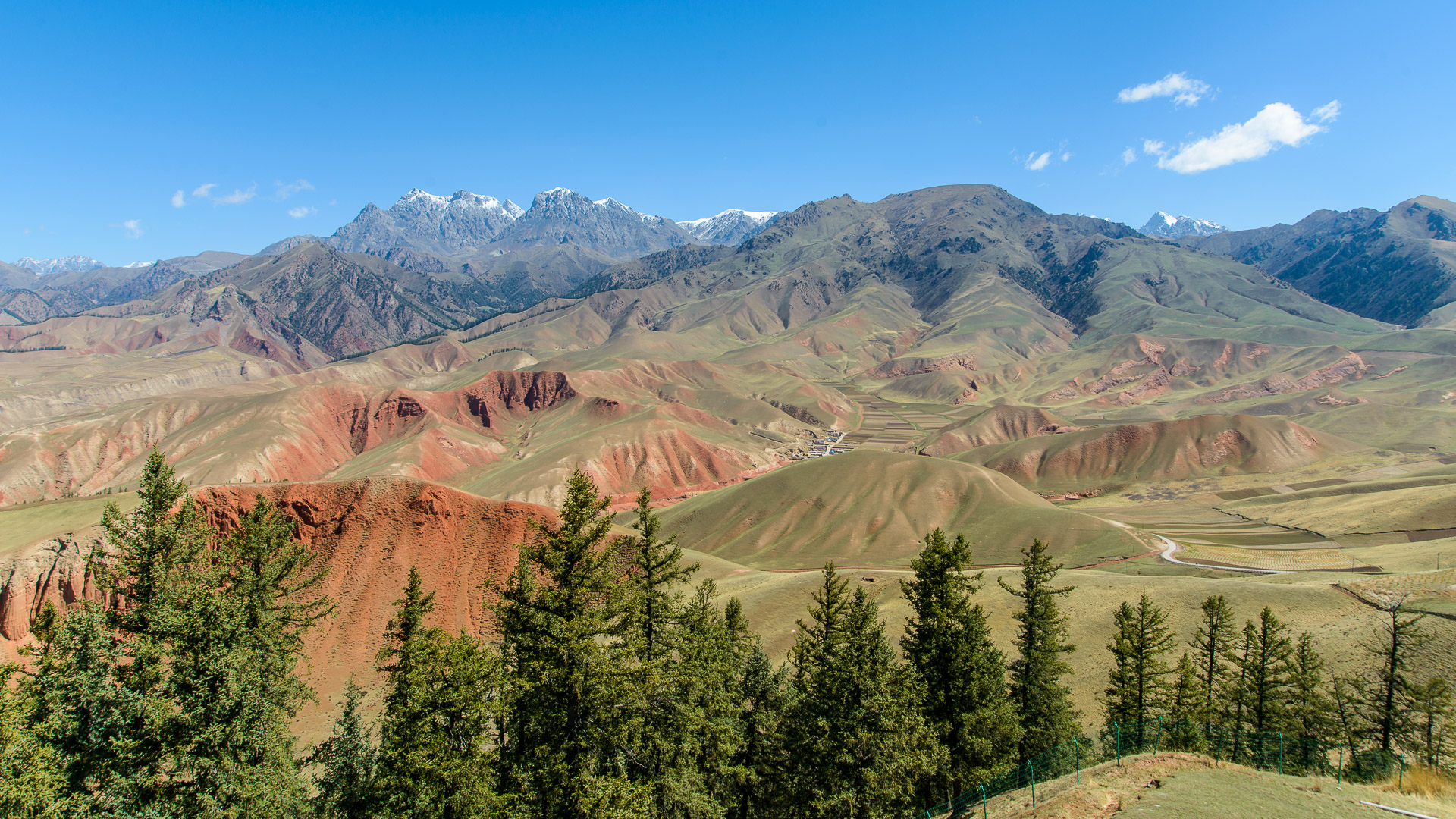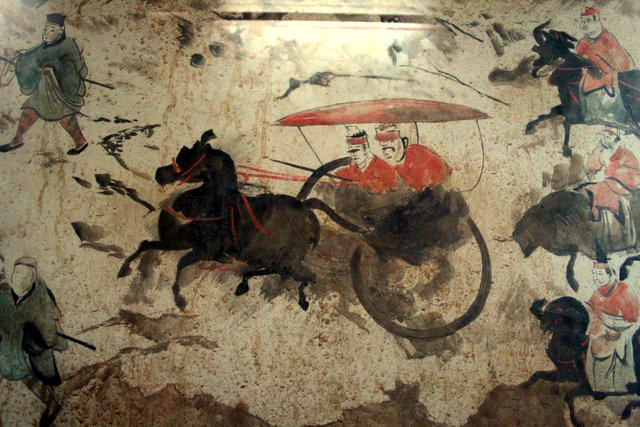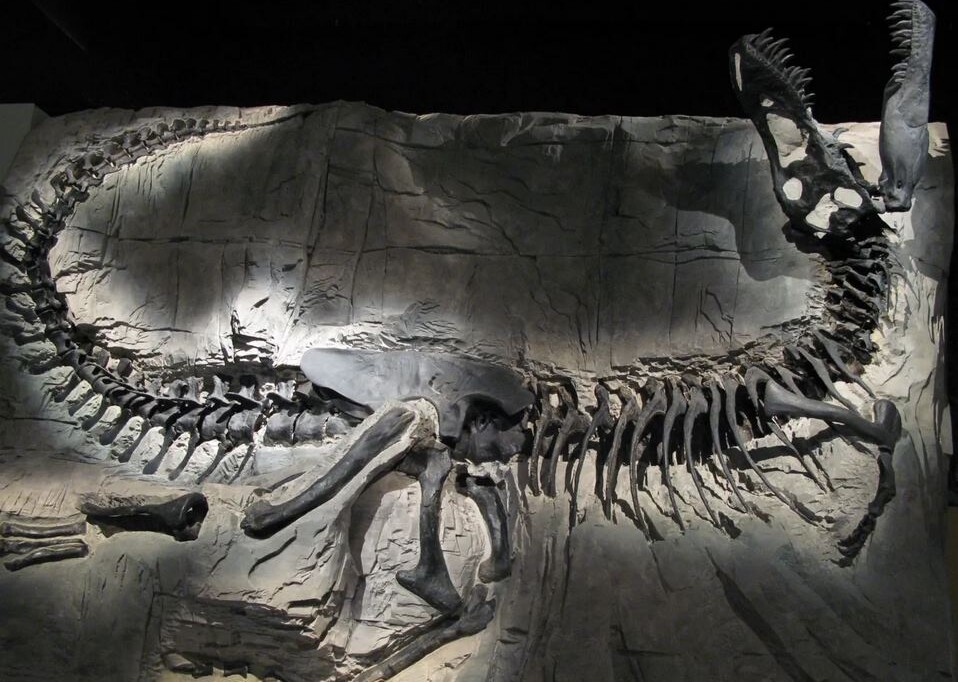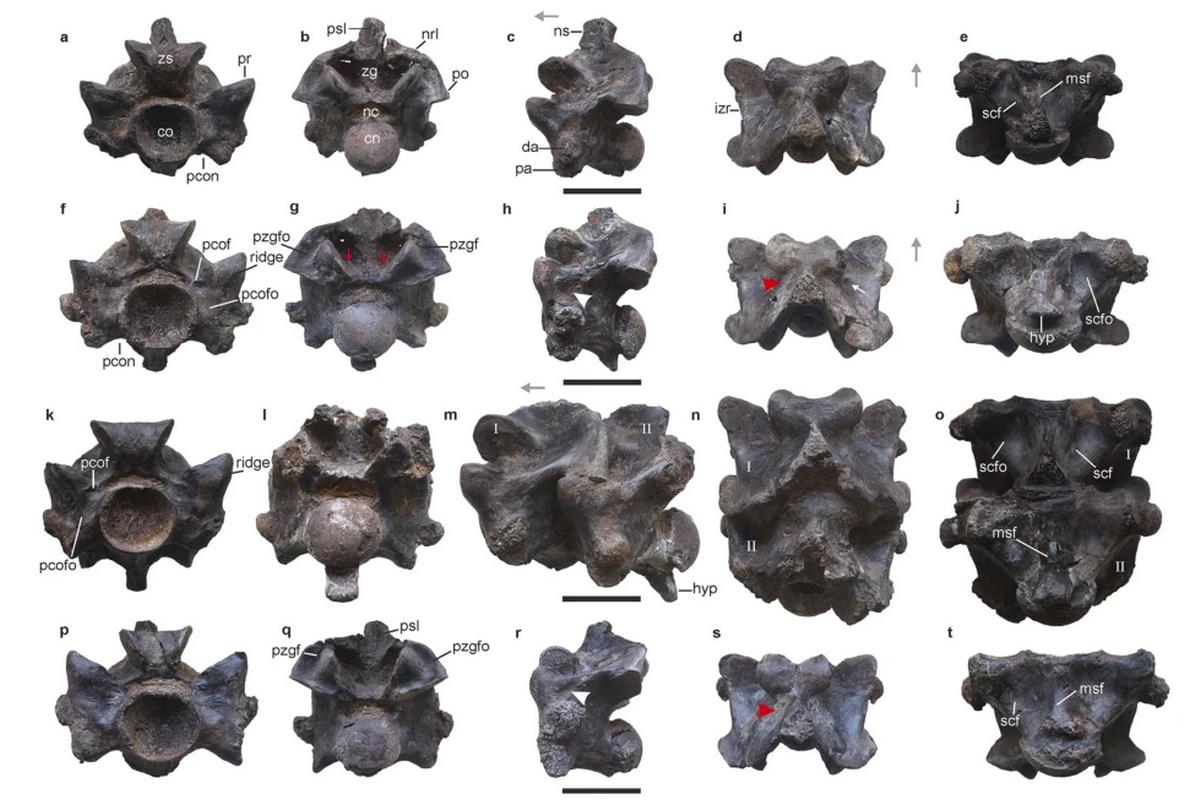A recent study analyzing tree ring data has produced a 3,500-year-long record of precipitation rates on the Tibetan Plateau, which offered scientists a strange perspective on the rise and fall of some of the most powerful Chinese dynasties.
The data was extracted from Yilian juniper trees, and showed how the fall of the Han Dynasty, the Three Kingdoms Period, and the fall of the Northern Jin and Southern Song dynasties into the hands of the Mongols, corresponded to periods of reduced rainfall, which would have reduced agricultural yields.
A separate study published in January used tree ring data in Henan Province to model rainfall patterns and found an arid period corresponded with a significant laming in the power of the ruling Qing Dynasty, stretching from 1780 to 1820 during which time the population and treasury dwindled substantially, leaving the country just a decade away from sparring, and losing, with the British, setting the stage for the so-called Century of Humiliation.
Anyone who knows much about the history of the rise and fall of imperial dynasties will know that each one, however noble and rarified, began in the fires of rebellion and war, and burned to ashes in the same. Most of this dynastic wheel-turning was done by the Chinese peasantry, who through famine, drought, or over-taxation were quick to revolt.
The scope of this phenomenon rarely enters into the hard sciences, but through this pair of studies the vision of China’s long history takes on a decidedly environmental lens.
The Tibetan Plateau is not only the world’s highest plateau, but the largest as well. Sitting on the lap of the highest Himalayan peaks it plays a dominant role in atmospheric processes, significantly influencing East Asian hydroclimate dynamics through the synergy of the Asian Monsoon and the trade winds known as the Westerlies.
The Qilian juniper which grows there has a lifespan of up to 2,500 years and can remain preserved in the mountainous region long after its death. These trees witnessed millennia of changing precipitation patterns which can be captured in their tree rings.

Falling like the rain
Embedded in the tree rings, three periods of aridity can be measured with an analysis of carbon isotopes in these junipers that are exceptionally sensitive to changes in moisture. The first period stretched from 110 BCE to 280 CE, although other studies have shown increased rainfall until around 70 CE. This period included very good times for the Han Chinese civilization including the creation of a certain famous overland trade network through Central Asia.
However, it also encompasses the whole of what is called the Eastern Han Dynasty including all of the dynasty’s darkest days of 180 to 220 CE, when dual rebellions gripped the countryside and endless court treachery prevented any competent reformers from rectifying underlying administrative failures. The state was eventually carved up into three kingdoms which became immortalized in the literary classic Romance of the Three Kingdoms.
The second period ran from 330 CE to 770 CE, and included the longest period of disunification in post-Han Chinese history, when constant warfare and strife prevented any administration from consolidating the Han’s accomplishments. It included the short-lived Jin Dynasty, which was interrupted by the Sixteen Kingdoms Period of civil war, the shorter-lived Liu-Song Dynasty, the still-shorter Qi Dynasty, then the Liang, and Chen Dynasties, all of whose reigns were so unstable that the period is simply summarized as the “Northern and Southern Dynasties Period”.
This was followed by the Sui Dynasty, which reunified China, and laid much of the groundwork for the later Tang Dynasty to launch a golden age upon. The Tang Dynasty was rocked by a rebellion at the end of this second period of reduced rainfall (755–763) after which Chinese civilization exploded into probably the most powerful and sophisticated realm on Earth.
The third period identified by the authors was 950 CE to 1,300 CE, during which successive waves of nomadic horsemen from the north pillaged Northern China, establishing a series of conquest dynasties eventually culminating in the Mongol conquest of China.
The ending of this drought period was followed within one generation by the mighty Ming Dynasty, undoubtedly one of the greatest eras of Chinese civilization which was only interrupted by the takeover by the Qing Dynasty, whose decline corresponded to a period of drought found between 1780 to 1820 in the tree ring samples of Henan.
Significant depopulation occurred during some of these periods. South China Morning Post reports that the population of the Han Empire halved during its dry period from 60 million to just 30 million. The Post also reports that during the ‘Little Ice Age’ of the 17th century, rainfall in the Northern Chinese plain dropped by 40%, leading to food shortages, unrest, and the eventual conquest of the Ming Dynasty by the Qing.
The tree ring data from Tibet also showed that many of the driest years in 3,500 years of rainfall history occurred between 1930 and 2010, a period that also saw significant depopulation of China during Mao’s Great Leap Forward and the Cultural Revolution. WaL
We Humbly Ask For Your Support—Follow the link here to see all the ways, monetary and non-monetary.
PICTURED ABOVE: A section of a Chinese Eastern Han Dynasty (25–220 AD) fresco. PC: Gary Lee Todd CC 4.0. BY-SA.



